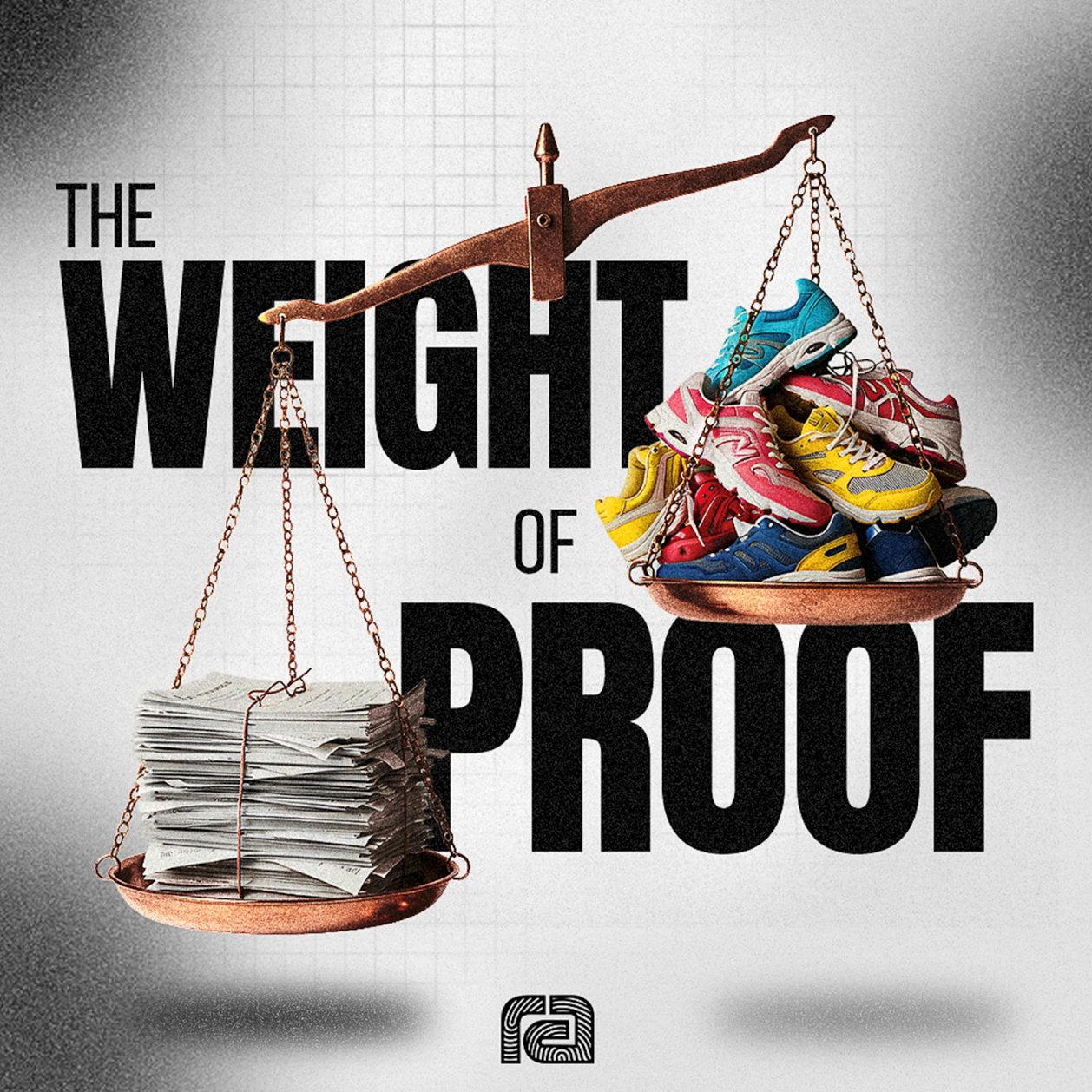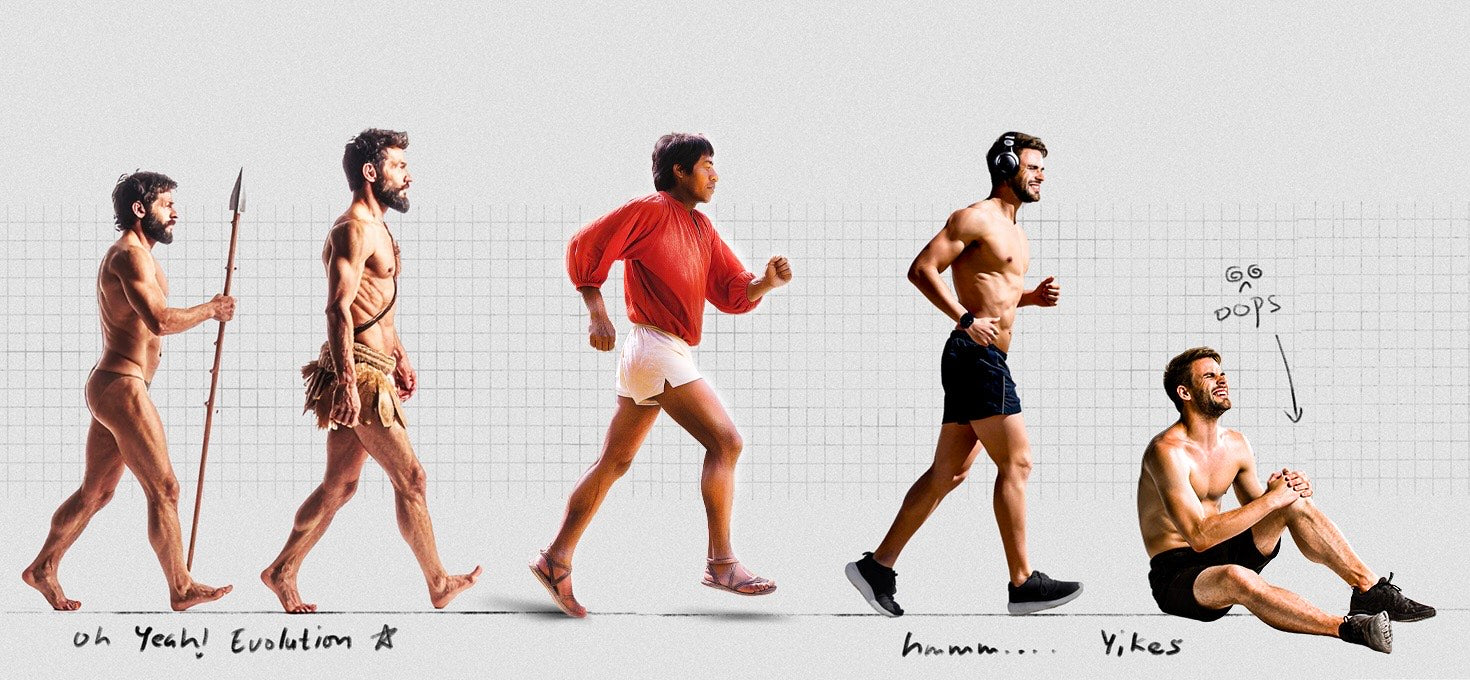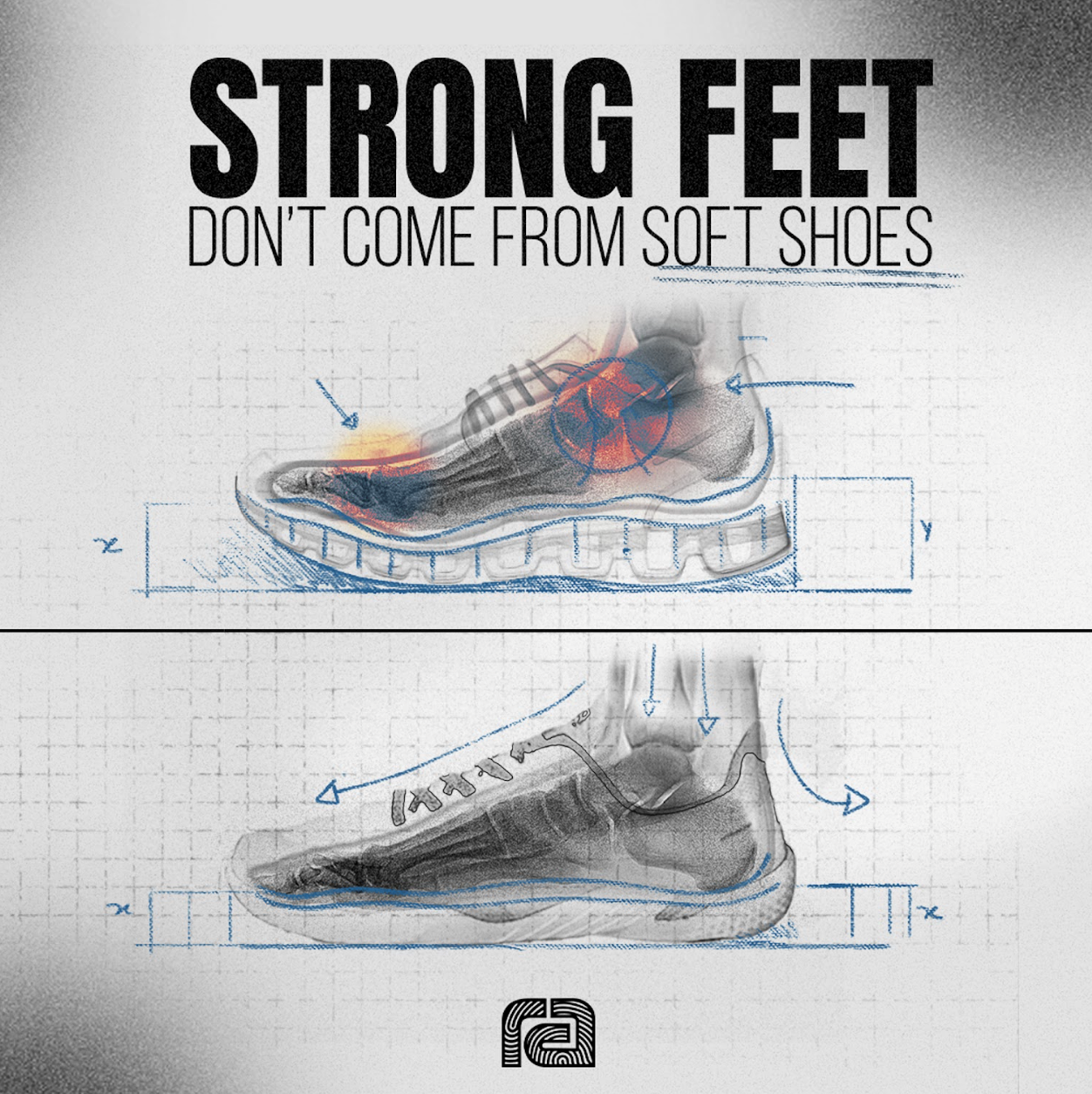
Myths about Barefoot Shoes
Myth 1: Barefoot Shoes are not suitable for people with flat feet
Barefoot shoes can be beneficial for individuals with flat feet by allowing the foot muscles to work more naturally, potentially strengthening the arch over time.
The approach of giving arch support for flat feet is likely to not give the feet a chance to develop arches and thus make them dependent on support on a permanent basis.
Myth 2: Barefoot Shoes are not suitable for people with high arches
The underlying reason to move to barefoot shoes is so the natural function of the foot is restored with the feet muscles getting more exercise and thus stronger. This would hold true for people with high arches as well.
Myth 3: Barefoot Shoes lead to an increase in existing foot pain
Managing pain in the posterior chain (ankles, knees, hips, pelvic floor, glutes) through highly cushioned footwear with thick soles, elevated heels, excessive padding, rigid upper etc. is not the ideal approach to take if one is looking to find a more permanent solution to the problem. While in the immediate term, adopting such footwear might seem attractive and the easy (sometimes obvious) approach, not letting your feet gain back its strength and function will certainly not help in the longer run.
A measured approach where the feet are given support till they need it but exposing them to their natural form on a regular basis where they can regain their strength and function is how one should look to approach foot pain. Listening to your body on how it is reacting to barefoot shoes and consulting a podiatrist or healthcare professional is recommended in such cases.
The idea is to not be in a cast forever - wearing highly cushioned traditional footwear does exactly that to your feet!
Transition to barefoot footwear
Keeping our feet in cushioned casts (read ‘modern footwear’) has led to a general state of weak foot and leg muscles. Hence, transitioning to barefoot footwear requires patience and a gradual approach.

It is advisable to start by wearing your new barefoot shoes for simple activities like walking, going to work etc. Gradually increase the wearing time and the intensity of activities as your feet and lower legs get stronger. Pay attention to any signs of fatigue or pain and rest when needed.
It can take some weeks for your body to fully adapt. The most important thing is to listen to your body and act accordingly as you transition to barefoot footwear.



